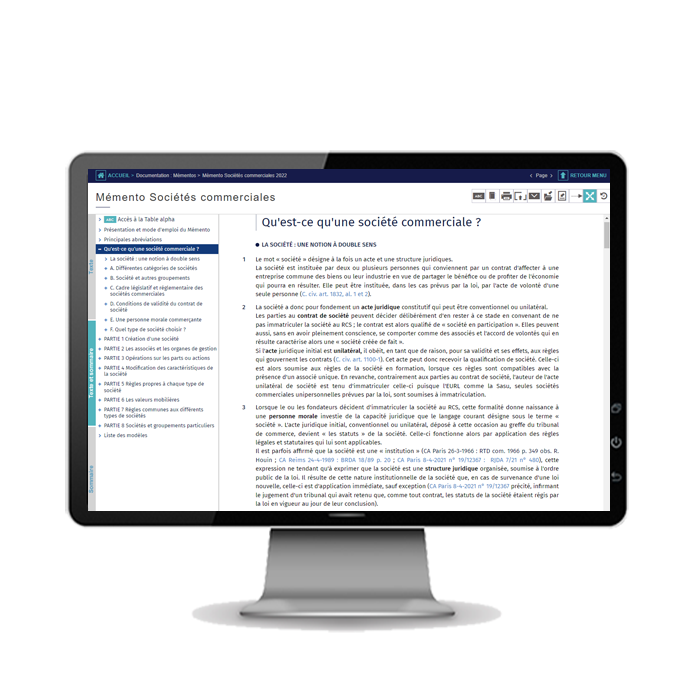The OECD has released a discussion draft that provides guidance on the application of updated principles for financial transactions in its 2017 transfer pricing guidelines (TPG).
The Discussion Draft on Financial Transactions, released July 3, was produced by Working Party 6 under the mandate of the report on actions 8-10 (“Aligning Transfer Pricing Outcomes with Value Creation”) of the base erosion and profit-shifting project. The discussion draft does not represent a consensus of the Committee on Fiscal Affairs, according to an OECD release.
A primary focus of the discussion draft is the application of the accurate delineation analysis under Chapter 1 of the TPG to controlled financial transactions. The discussion draft also addresses issues related to the pricing of financial transactions that arise under a multinational enterprise group’s treasury function, intragroup loans, cash pooling, hedging, guarantees, and captive insurance.
The accurate delineation of the actual transaction in an intragroup setting is necessary to determine whether a prima facie loan can be regarded as a loan or should be regarded as some other kind of payment, such as a contribution to equity capital. The result of the analysis will affect the amount of interest paid on the loan, as well as the attribution of profit. The discussion draft says the accurate delineation analysis should precede any pricing attempt.
The discussion draft emphasizes the need, when applying the arm’s-length principle to a financial transaction, to consider the conditions that independent parties would have agreed to in comparable circumstances from both the borrower’s and the lender’s perspective.
As discussed in Chapter 1 of the TPG, the accurate delineation of the actual transaction begins with a thorough identification of the economically relevant characteristics of the transaction, the discussion draft explains. The relevant characteristics include, but are not limited to, an examination of the contractual terms of the transaction, the functions performed, assets used, and risks assumed, the characteristics of the financial products or services, the economic circumstances of the parties and of the market, and the business strategies pursued by the parties.
The discussion draft notes the impact that group membership can have on the pricing of an intragroup loan. While a borrower is viewed as an independent enterprise when pricing an intragroup loan, the entity’s presence in a group is not necessarily ignored, it says. As such, the potential impact of passive association on creditworthiness and the possibility of implicit support from elsewhere in the MNE group should be taken into account.
When pricing an intragroup transaction, the comparable uncontrolled price method may be appropriate because of the widespread availability of information from financial transactions, the discussion draft says. “The widespread existence of markets for borrowing and lending money and the frequency of such transactions between independent borrowers and lenders, coupled with the widespread availability of information and analysis of loan markets may make it easier to apply the CUP method to financial transactions than may be the case for other types of transactions,” it says.
Also discussed are guarantees between related parties that may permit a borrower to borrow on terms that would be applicable if it had the credit rating of the guarantor rather than the terms it could obtain based on its own, nonguaranteed, rating.
“Where the effect of a guarantee is to permit a borrower to borrow a greater amount of debt than it could in the absence of the guarantee, the guarantee is not simply supporting the credit rating of the borrower, but could be acting both to increase the borrowing capacity and to reduce the interest rate on any existing borrowing capacity of the borrower,” the discussion draft says. “The conclusion of an analysis of such transactions may be . . . that the evaluation of the guarantee fee should be limited to a fee on the portion of the alternative structure appropriately characterized as debt, and the remainder of the loan granted should be regarded as effectively a loan to the guarantor followed by an equity contribution by the guarantor to the borrower.”
The discussion draft outlines the circumstances under which various transfer pricing methods — including the CUP, yield approach, cost approach, valuation of expected loss approach, and capital support method — could be applied.
Finally, the discussion draft deals with captive insurance and the application of the arm’s-length principle to similar intragroup transactions.
By Alexander LEWIS
Cette information est extraite de notre service d'actualité taxnotes





